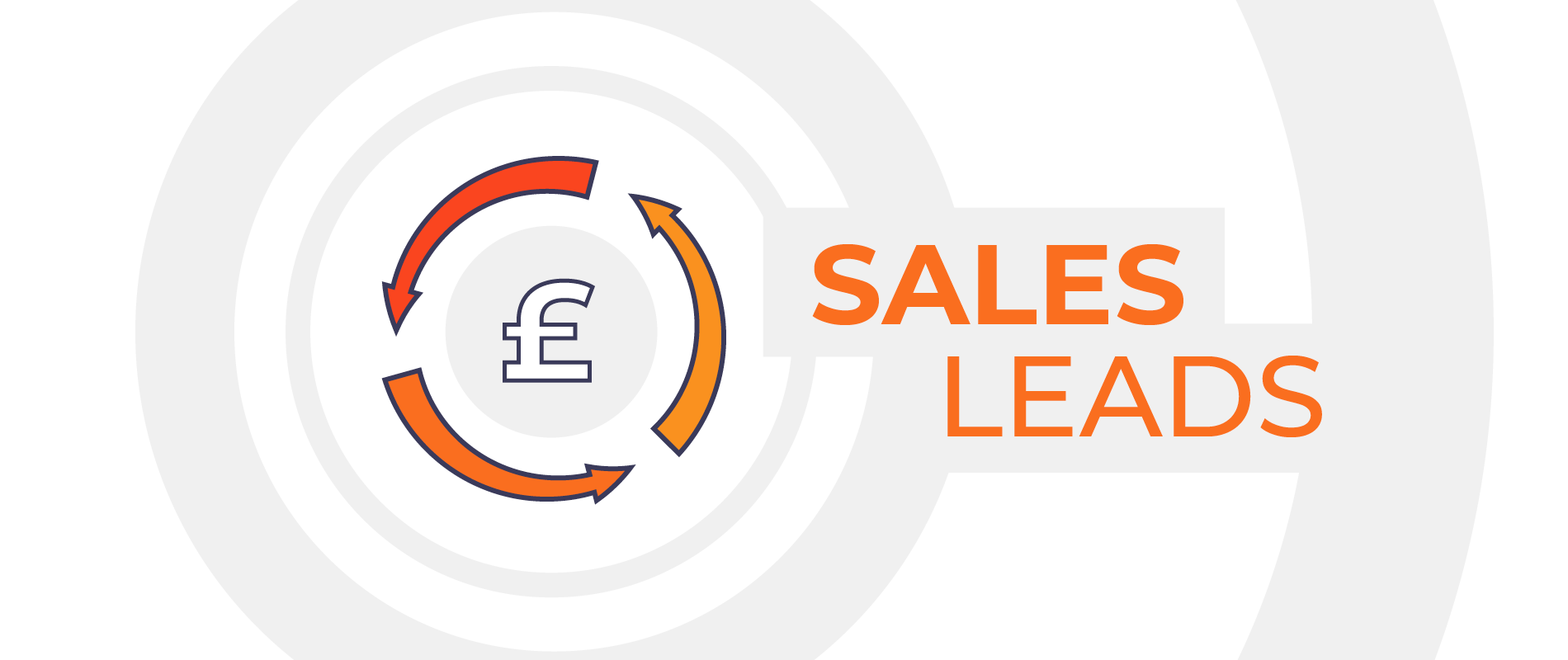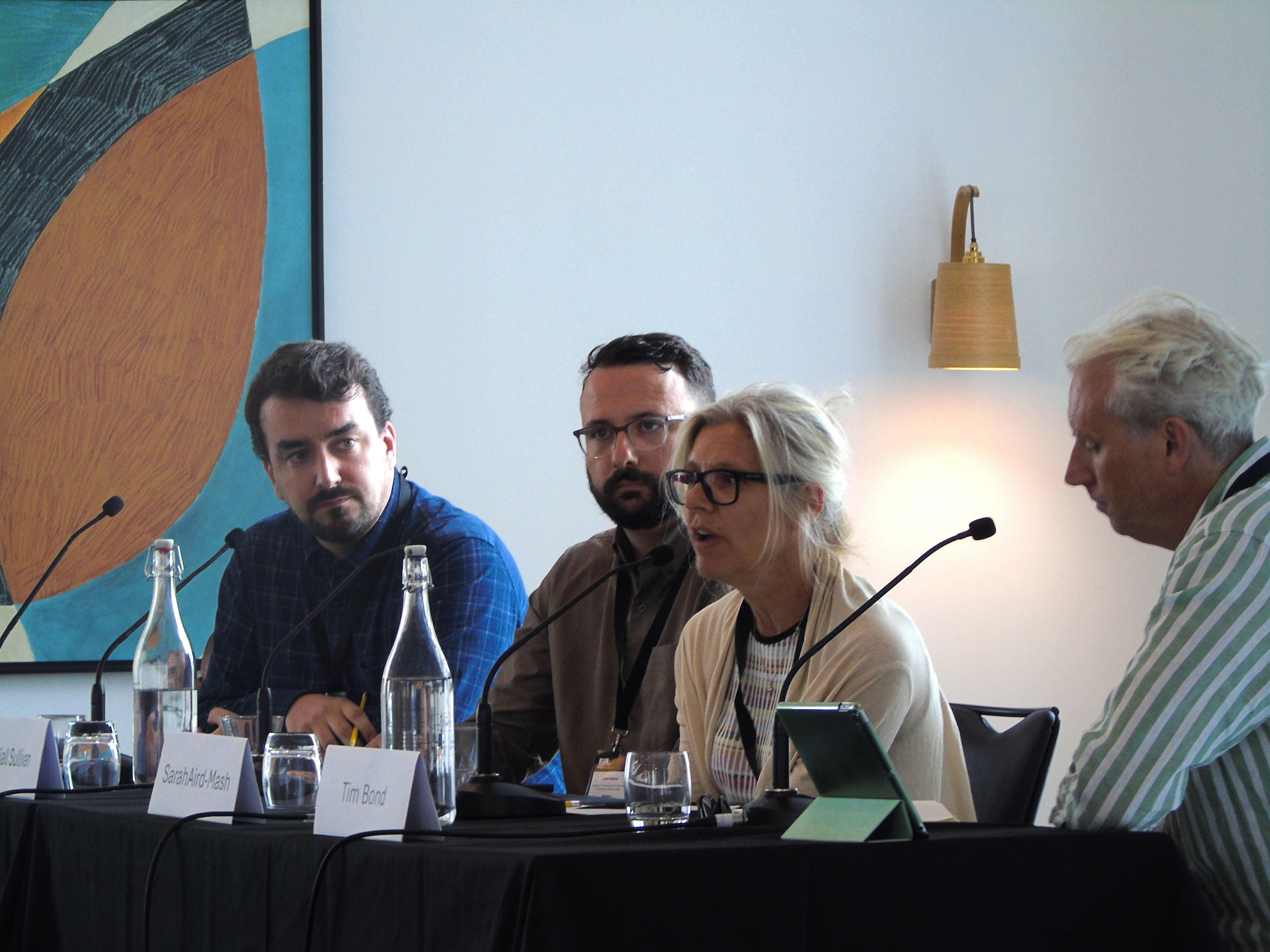Lead generation, is there ever a time when this is a straightforward task for sales and marketing teams?
You've set up your website, you have a powerhouse sales team, and you know you have an incredible SaaS app.
The sales leads should be trickling in nice and steady, right? Well... not quite.
A scenario where your leads simply tumble into your sales funnel without any effort sounds a little too good to be true. In fact, that may be a sign that you're capturing people who don't necessarily align with your product or service offering. As a result, your cost of acquisition may be unnecessarily high. It would also make it pretty easy for competitors to enter the market and steal your customers by applying the same old strategies or outbidding you in an advertising war.
The truth is, lead generation is a fine art – it takes careful planning, a deep understanding of your customers and the data surrounding their decisions, as well as dedication to frequent testing and optimisation of your sales and marketing efforts.
For SaaS B2Bs, getting the attention of high-quality leads is a huge priority because much of your success depends on your ability to accumulate a healthy monthly recurring revenue (MRR).
Many businesses have all the right intentions when formulating their marketing strategies, but if the return on investment (ROI) isn't great, is the juice really worth the squeeze?

To add to the pressure, you're continuously looking for ways to generate sales – fast, without damaging your brand. Should you dive into an inbound content strategy that promises long term success or should you put a significant portion of your budget behind paid ads so that you can start getting those sales leads through the door and reassuring your stakeholders?
This is often the time when a SaaS B2B will reach out to us and ask us to assess their website, social media platforms or paid ad campaigns. They feel that maybe they've missed a trick somewhere and we can make a few tweaks and adjustments to set them on the right path. While we're great at finding missed opportunities for your SaaS B2B, SEO and paid ad optimisation isn't always the only barrier to generating sales and leads.
When we get to the core of your objectives, we find that what you really want is a sales model that generates a significant volume of high-quality leads at a customer acquisition cost (CAC) that is counterbalanced by the customer's lifetime value (CLV).
And herein lies the challenge: Which strategy is going to get you there quickly but also continue to drive consistent results?
Lead generation:
Long term vs Short term strategy
You've heard that inbound marketing and SaaS were made for each other and you'd love to talk to us about getting a GamePlan together. But, you know that a content plan is a long-haul commitment and it will require time and resources.
Right now, what you really need is a quick way to generate leads and make sure that your business continues to develop and turn a profit.
The question is, how can you do that without leaning on outbound tactics? After all, isn't that a slippery slope to eventually irritating your target audience and potentially hurting your brand?
To answer this question, let's look at both strategies individually.
Long term lead generation strategy
This strategy lays out the foundation and the path that all of your future sales and marketing activities will take. The goal of the longterm strategy is to generate leads organically from all channels over a period of time. There will be a significant focus on building up your content and nurturing leads through each stage of the buyer's journey. Your marketing team will work hard to get your website high up in the search rankings and turn your company into the go-to information source for your industry and service. Your social media platforms will enjoy a high level of engagement and you'll continuously turn up new leads through your landing pages, social proof content, and blog posts.
Short term lead generation strategy
This is where you focus on getting quick wins to stimulate your incoming revenue, create interest in an offer or bring immediate awareness to your brand. The tactics you use in a short term strategy may be pay per click campaigns, gated content offers or online events, and discounts or special offers.
A short term strategy can be costly and, therefore, not something you can sustain over a long period of time. It's important to note that a short term strategy is never a departure from your core values. It's an opportunity to optimise what you already have in order to generate sales and boost your income.
So...which strategy do you need?

Ideally, both!
You want to generate leads right now, but you also want to position your business for future growth. And the great news is, it's not a case of sacrificing one for the other. Rather, you want to create short term lead generation strategies within your broader inbound marketing plan. The profits you gain from these efforts can be invested in a flywheel sales model that will eventually help you to scale organically.
When you combine your long and short term strategies, you can boost your lead generation with targeted sales funnels that put you in a position where content investment is feasible, and you can start reducing your paid media.
What is a sales funnel?
Do you suspect that your ads aren't performing well?
Sure, a little investigation in this area may turn up a few issues, but it's also important to look at where your paid ads are sending customers to. If you haven't got this part of your strategy thoroughly mapped out, you may be pouring money down the drain.
Reaching broad audiences on Facebook and getting interactions doesn't necessarily translate into leads entering your pipeline or enquiring any further about your SaaS app. Cue the SaaS sales funnel...
Where you send your lead after the click is crucial to your ad's success; your homepage just won't cut it – 98% of your first-time visitors won't convert here.
Sure, there may be some great graphics, lots of menus and rabbit holes to plunge into, but for a lead that's only just finding out about your app, it may a little too overwhelming. There was something in your ad that caught their attention, that spoke to a need they had and piqued interest. That doesn't necessarily mean they're ready to jump into all the technicalities and features your software has to offer.
Also, sending leads to your homepage makes it really difficult to measure the success of your PPC campaign because it's hard to pinpoint what exactly is turning the customer off.
The SaaS sales funnel
The SaaS sales funnel takes all the ambiguity out of your marketing and focusses your efforts on one key area or topic at a time. We take a sequential approach to mapping out the lead's path from the time they click on your ad to the point where they commit to your free demo or request a consultation with one of your experts. We do this by building tailored landing pages that use excellent copy and content to provide immediate value and quickly orient your lead towards the next step.
By helping the visitor to see your product as a solution for their problem, you're far more likely to move them along to the next stage of the sales funnel than if you simply leave them to wander around your website trying to sift through all the available information.
Would you like to learn more about the SaaS sales funnel? In this video, we show you how to understand your lead's mindset and create the most effective pathway to conversion.

Why do you need to test your offer using a sales funnel?
If you're after fast results, you can't take a set-and-forget approach to your sales funnel. You need to prune and shape up your sales offer to extract deeper insights from your leads' interactions and engagements.
To get the most out of your sales funnel, rapid-fire testing is essential. Here's how we do it:
Phase one:
Identify your buyer persona by testing your audience
Phase two:
Test the messaging to see what generates the best response from the target audience identified in phase one.
Phase three:
Test all other creative content such as ads, videos, GIFs and copy to check whether it's prompting the desired actions from your audience.
All of these elements will be tested over a set period of time to ensure that the structure of the funnel is effective and ready for launch or expansion. These steps will require some investment on your behalf, but the ROI will counteract that when the results start coming in.
What if the lead is not sales-ready?
So, you got the lead into the funnel, they engaged with some of the content, but it didn't result in a sale. Does that mean your sales funnel has failed?
The short answer is: No.
You may attract the attention of a lead that fits your buyer persona to a tee, but right now, they're just not in a position to buy. It could be that their budget for software and operational improvements has reached its limit for the year, or perhaps they're tied up in a contract with another provider.
Whatever's holding them back from subscribing to your service right now shouldn't dissuade you from establishing a relationship with the lead.
Leads that aren't ready to buy can simply be entered into a lead nurture workflow that will continue to provide them with valuable content and information about your solution until they want to engage further with your sales team.
Retargeting
If those first-time visitors aren't converting, you can continue to serve ads to them until they're more familiar with your brand and start to feel that you're the obvious choice. This is known as retargeting and it helps you to reconnect with leads that entered your sales funnel, moving them further along each time they come back.
With the Facebook pixel, for example, you can create audiences out of the individuals who have engaged with your sales funnel and continue to warm up that audience by targeting them with social proof ads, extra information, or a more direct marketing message that will push them towards a decision.
Know what kind of lead you're dealing with
It's important also to distinguish between marketing qualified leads (MQL) and sales qualified leads (SQL).
An MQL is typically a visitor that has filled in a form or downloaded your content offer. Once they've passed through this stage, they are now more prepared to enter the sales funnel. Both of these leads will supply you with a certain level of data through their interactions with your content, helping you to decide on the best way to approach and engage them further.
If someone clicked on your ad and had a browse through your landing page but didn't enter their details, this may be an indication that there was an interest in your business, but something prompted a hesitation or interrupted their session. You can retarget these leads with more helpful information to try and bring them back to your content or free demo offer.
An SQL on the other hand has shown a deeper level of interest in your SaaS product. They've tested out your free demo, they've asked some specific questions about your product and have looked at your pricing pages. If these leads are not making the purchase, it may be that your sales team needs to arrange a call or send them an email to check in and see what further assistance could be offered to bring them on board.
Optimising your sales funnel using your long term inbound marketing strategy
You've launched your sales funnel and the leads have started coming in. You're pleased with the investment you've made and your sales team has a full diary for the month ahead. Next on the agenda, however, is how do we keep this going?
This is where your long term inbound marketing strategy comes in.
To keep scaling your SaaS sales funnel efforts, you need to focus on the marketing activities that are going to drive organic traffic your way. You can start by reviewing your existing content and looking at ways to optimise it for each stage of the buyer's journey: awareness, consideration and decision.
If you haven't got a regular blog on the go, this may one of the first areas in your content strategy to start building up. New to blogging? Don't worry, we show you how to write a blog over here.
How a SaaS marketing agency can help you get more leads
Through working closely with our SaaS B2B clients, we've learnt a lot about lead generation for this particular industry. While there isn't a magic formula, there are specific and measurable actions you can take to start filling your sales pipeline immediately.
The key takeaway is that if you're not in a position to implement a fully developed inbound marketing strategy, you can still use the foundations and guiding principles of one to start building your sales funnels. Once you've met your short term objectives and generated the necessary revenue, it's very important to refocus on a long term plan that's going to scale your efforts.
Essentially, a sales funnel is a tactic, and it should always align with all your other inbound marketing efforts. If you find that you're continuously having to lean on short term strategies to boost your revenue, you may eventually run out of steam and budget.
A sales funnel is a great way to reach a position where you can optimise your inbound marketing strategy with minimal risk, continuing to grow your Arr or MRR, develop your SaaS product and dominate your market.
Stay Updated with Our Latest Insights
Get expert HubSpot tips and integration strategies delivered to your inbox.



